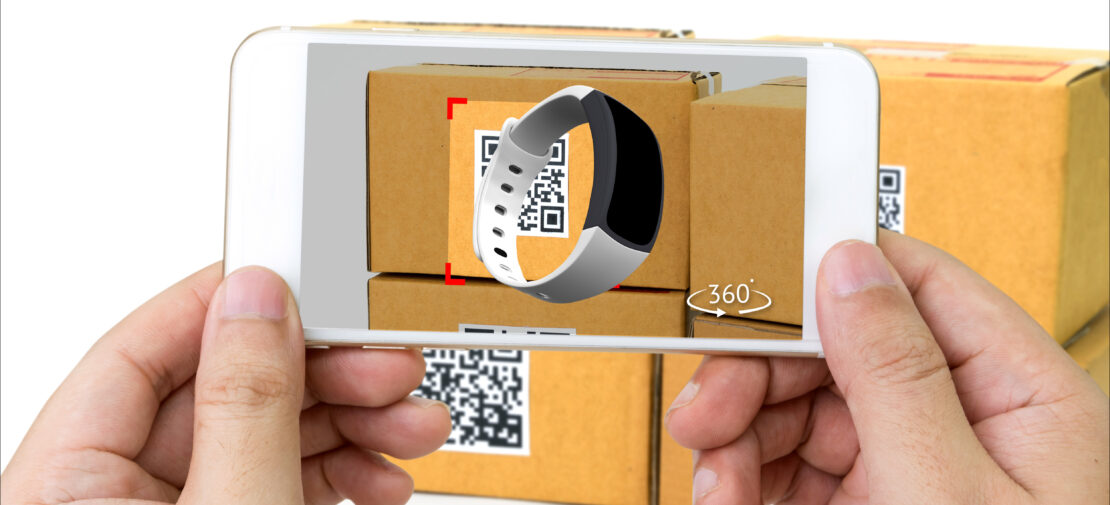The Future of Packaging: Augmented Reality
 Marah
Marah  June 14, 2022
June 14, 2022 
With the rise of augmented reality, there are new possibilities for interactive packaging. This article covers everything you need to know about AR, its application in the world of packaging, and where this technology is headed.
Augmented reality, commonly referred to as AR, is a technology that aims to blend the virtual world with the physical world. Put simply, AR is when digital content is superimposed on top of the real world as you see it in front of you. While augmented reality’s roots can be traced back to the early 90s, it wasn’t until the mid-2000s that the technology really took off. The first commercially available AR device, the iPhone, was introduced in 2007 and the first AR app was in 2009 when the app “Where in the World is Carmen Sandiego?” was released. Since then, AR has become a multi-billion dollar industry with applications in a multitude of industries.
The application of AR in packaging is a little different than what it’s used for in other industries. With packaging, brands are able to use AR to bring digital content to their products themselves. There are many ways that packaging can be augmented with digital content, including holograms, 3D objects, or interactive images. One area where packaging is set to see a lot of AR is product authentication. Authentication not only makes sure customers are getting the product they think they are, but it also acts as a deterrent for counterfeit or fake products. With the implementation of AR technology, authentication can be done in a way that makes it fun for the consumer. With the addition of AR, a simple sticker will be transformed into a multi-layered experience that brings the product to life.
The future of packaging will be more personalized, interactive, and engaging. Brands will be able to design custom experiences for customers that are on par with their brand’s aesthetic and tone of voice. AR will also make it easier for consumers to interact with your brand. Some of the top uses for AR in the future will likely be visual recognition, product scanning, and augmented instructions.
Augmented reality in packaging is coming into its own, with a number of companies exploring the technology. For the most part, these technologies have been used to create interactive user experiences and show customers how their product will look in the real world.
Some of the applications for AR in packaging include:
AR packaging has the ability to reach consumers in a way that other marketing materials can’t. Not only is packaging a physical representation of your brand, but it also allows for information about your product to be displayed and explained.